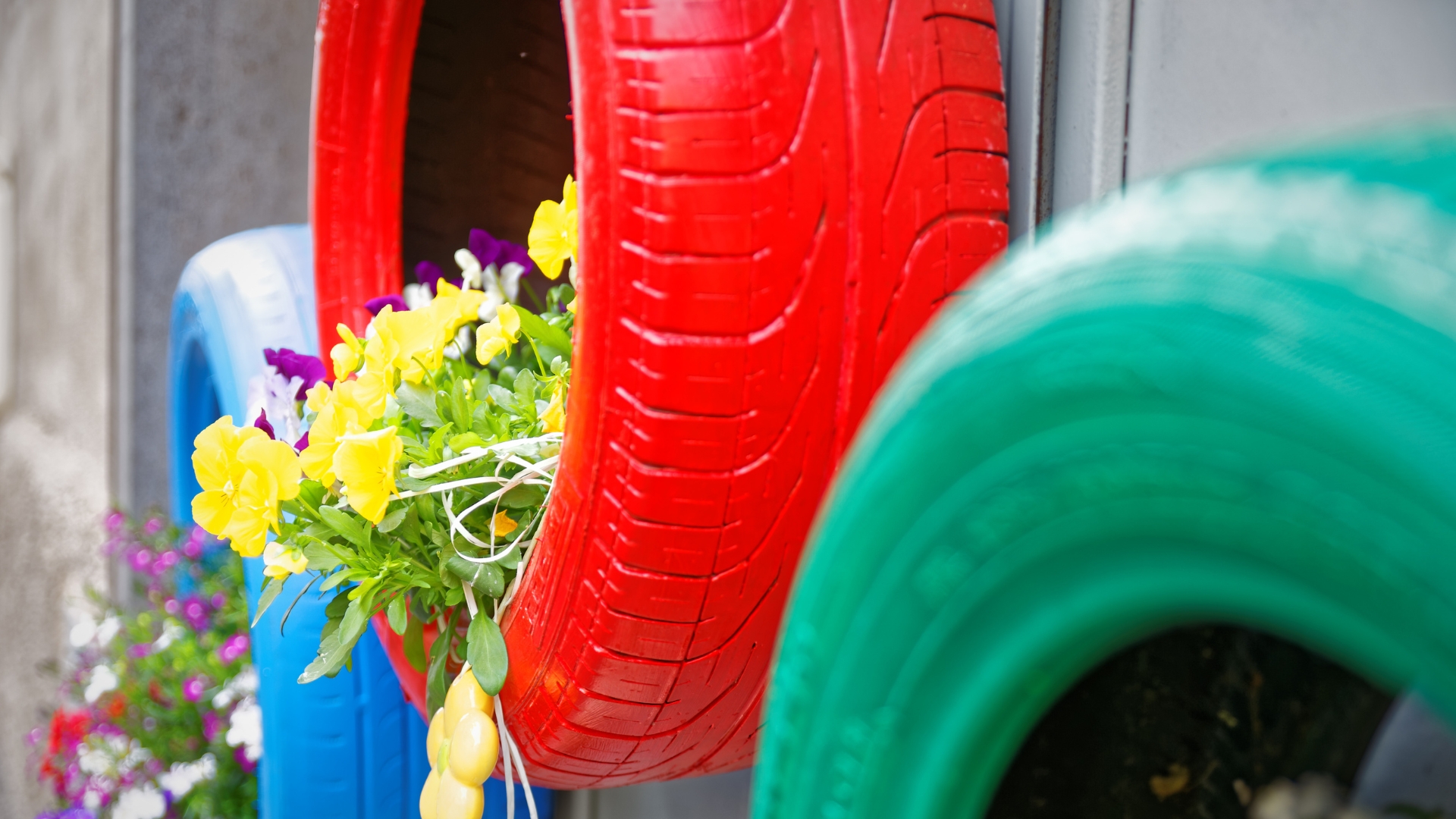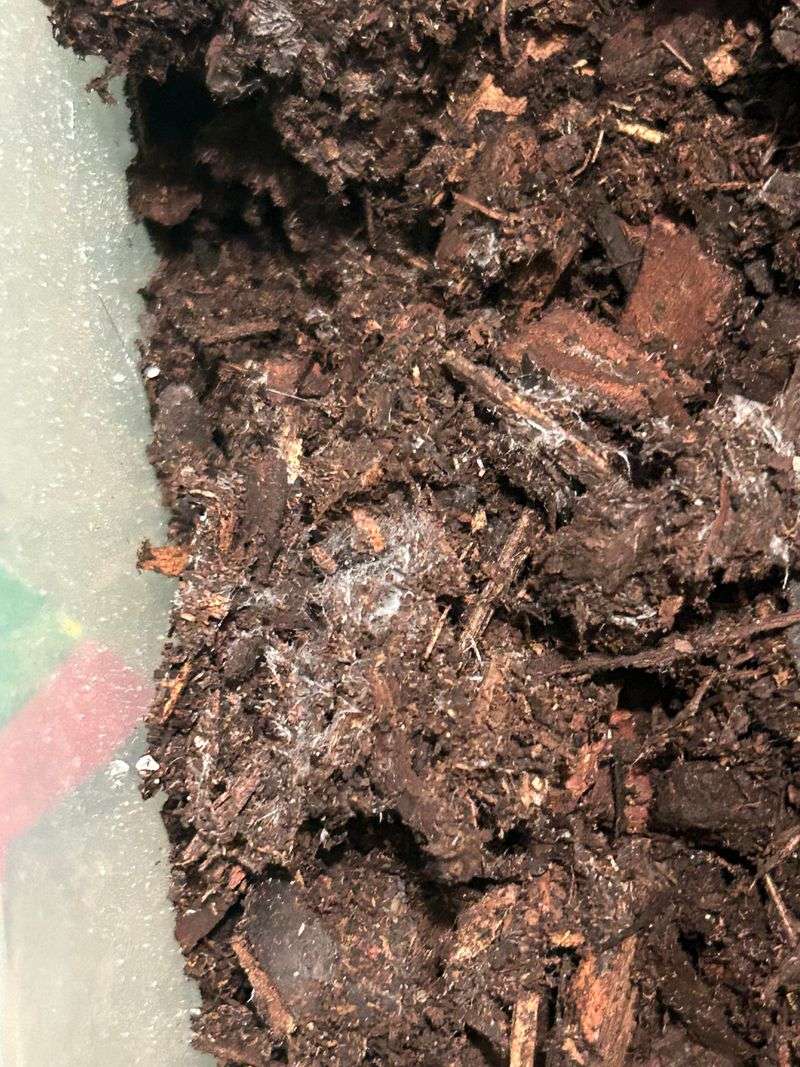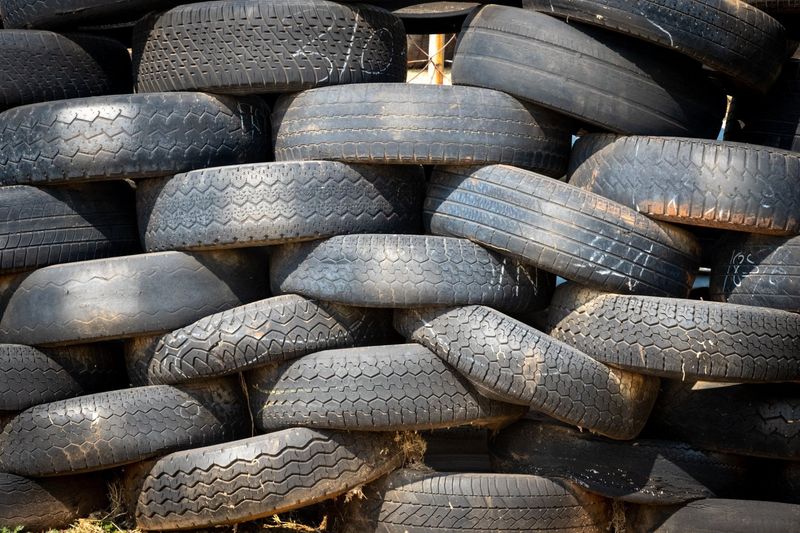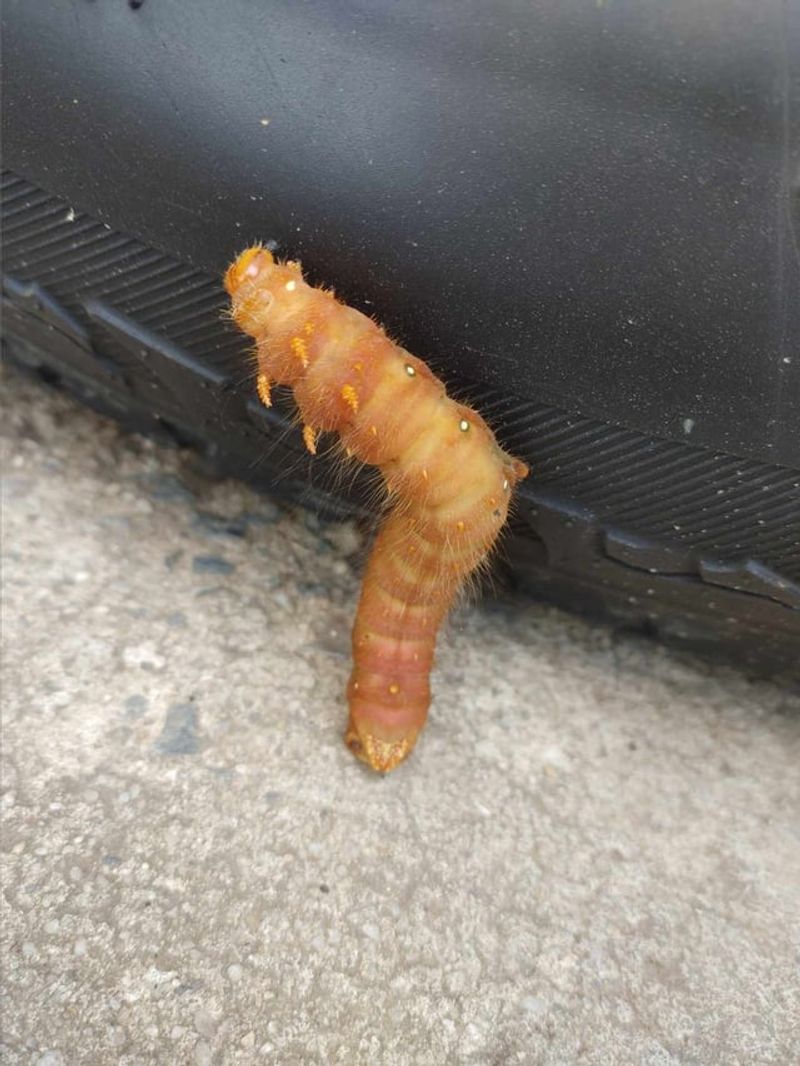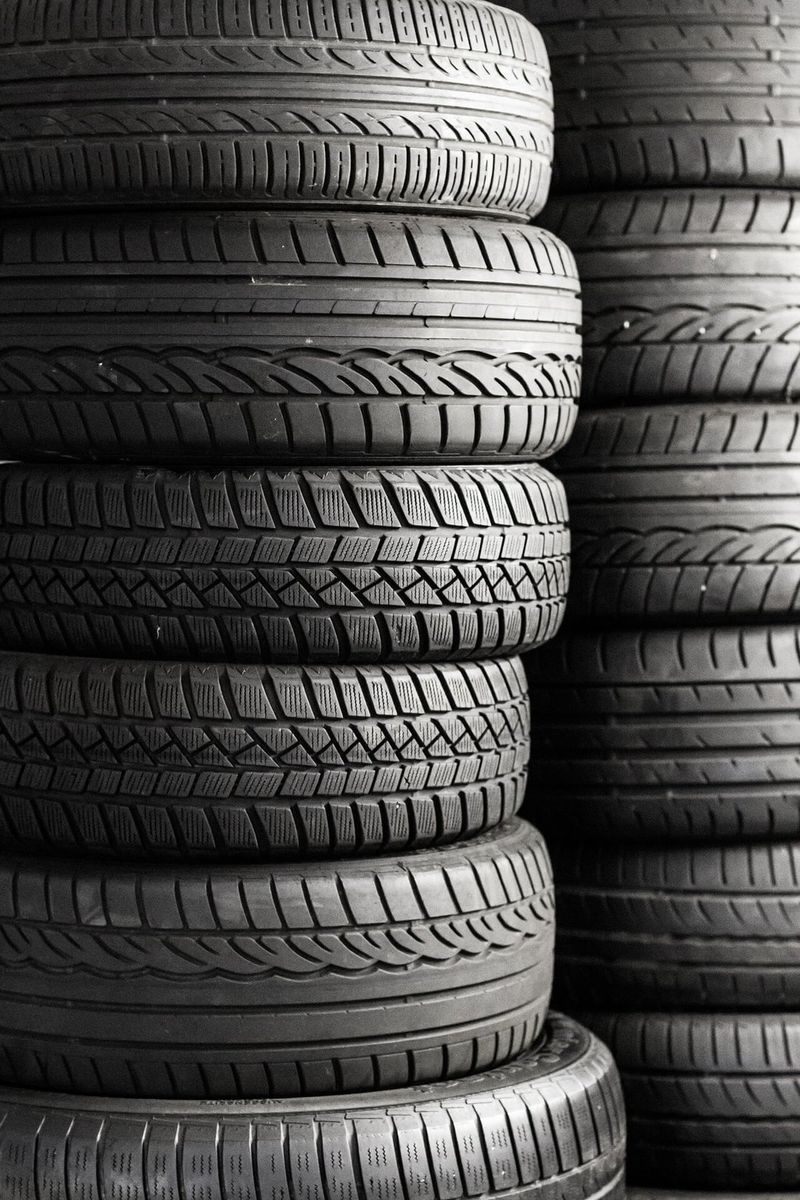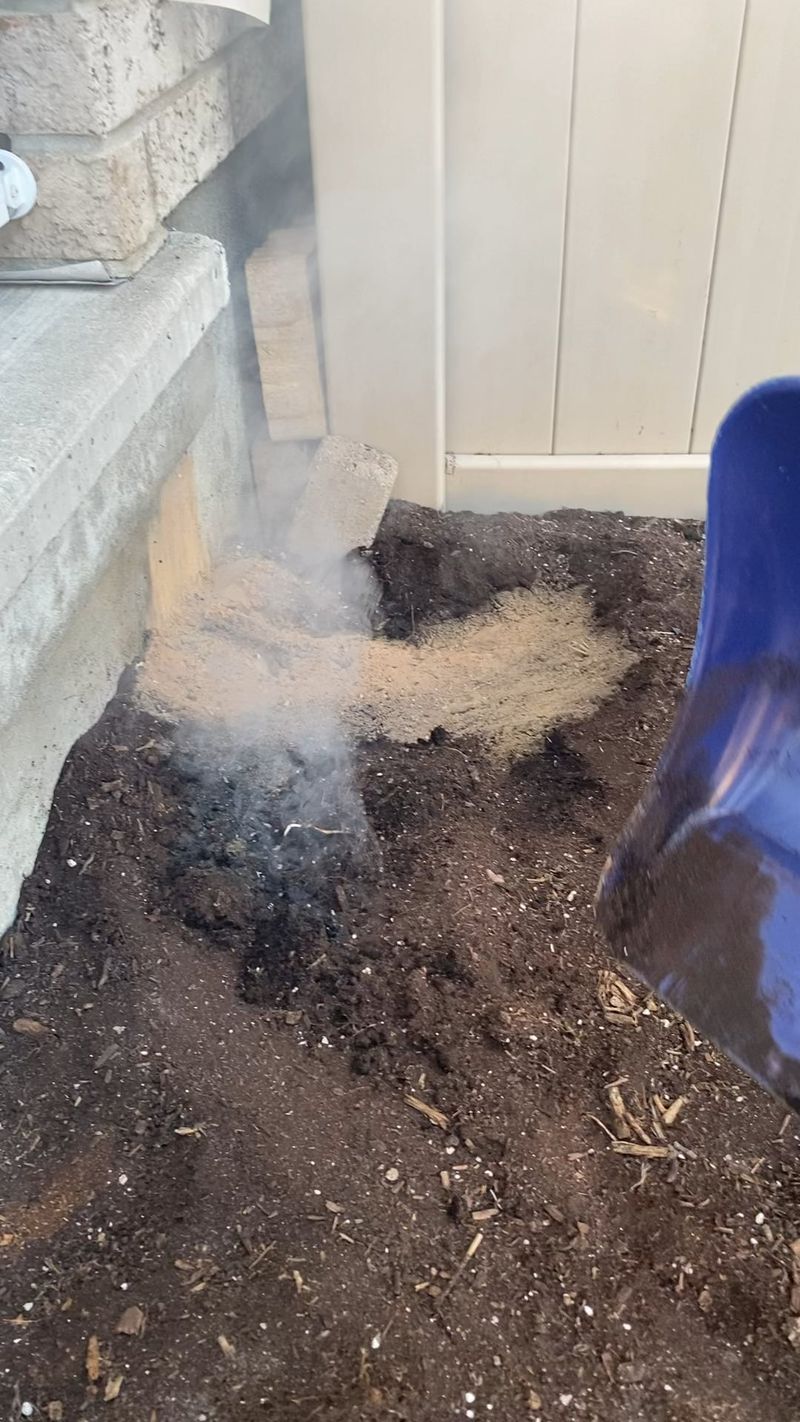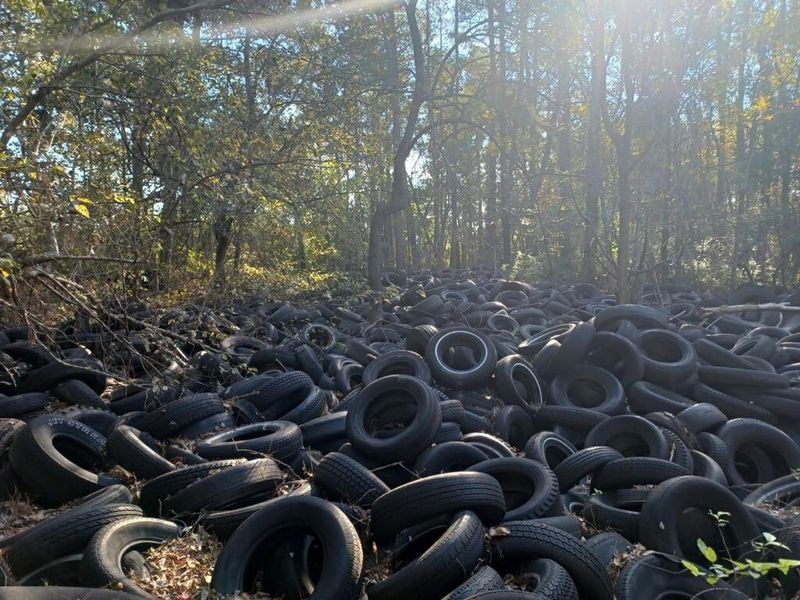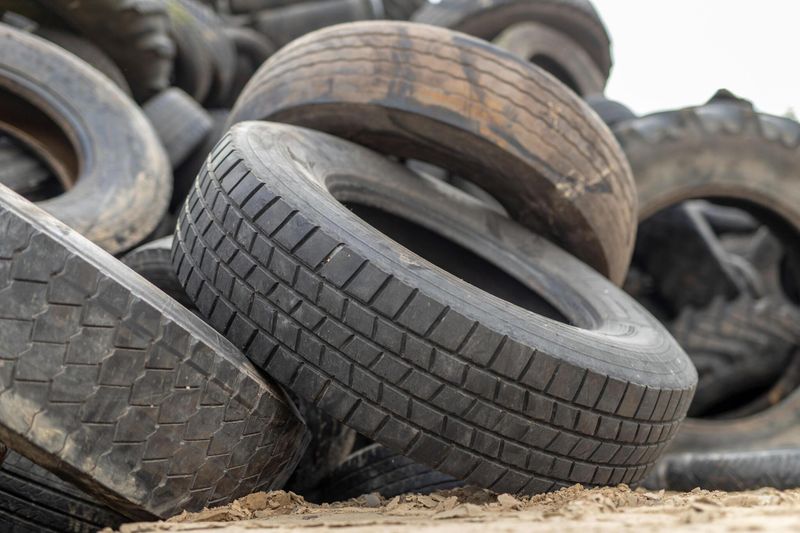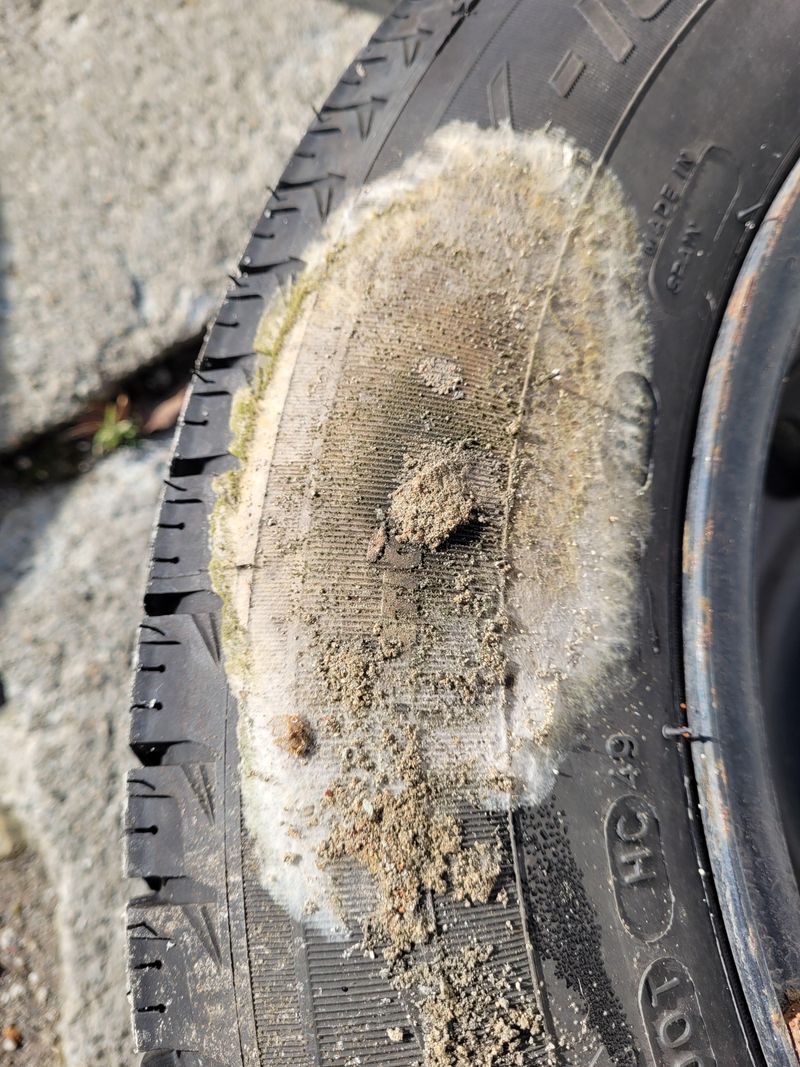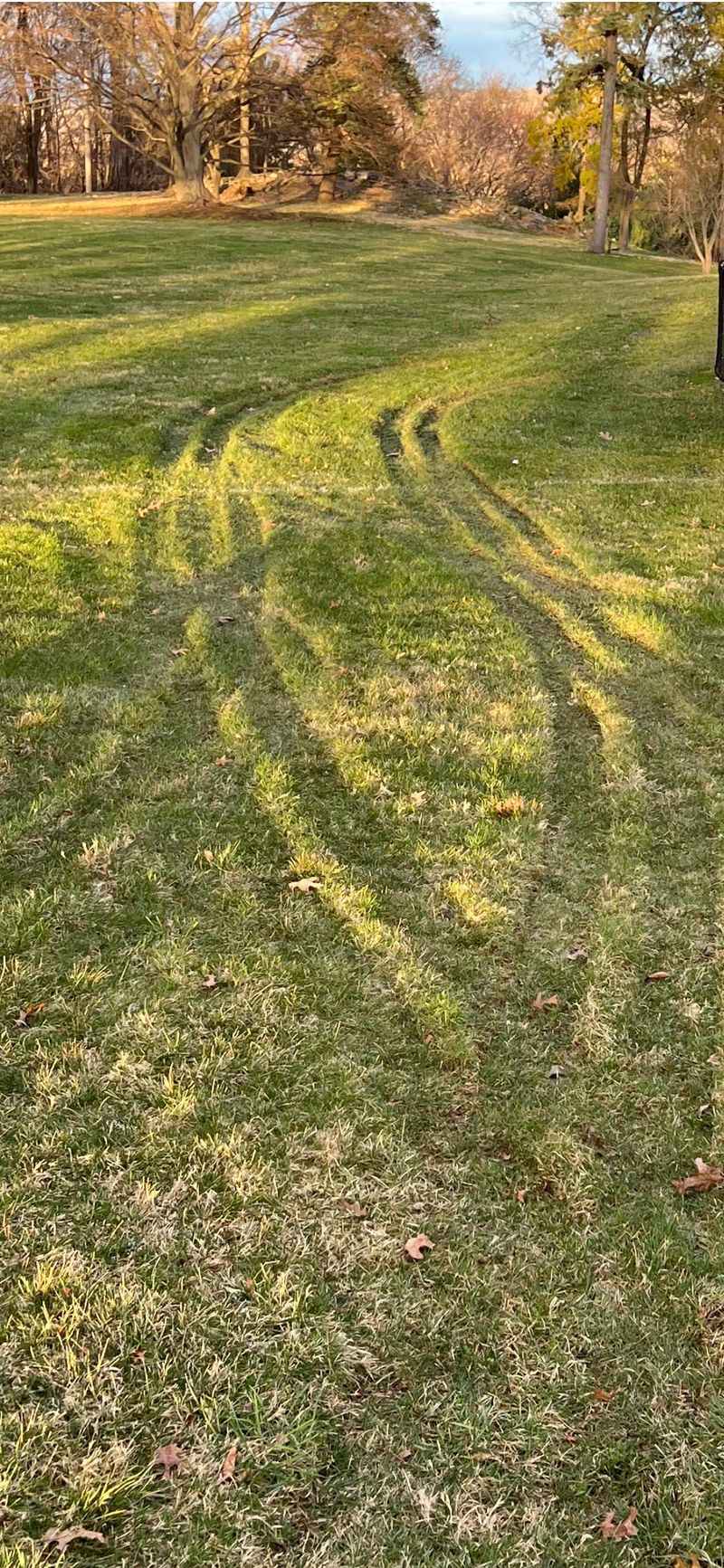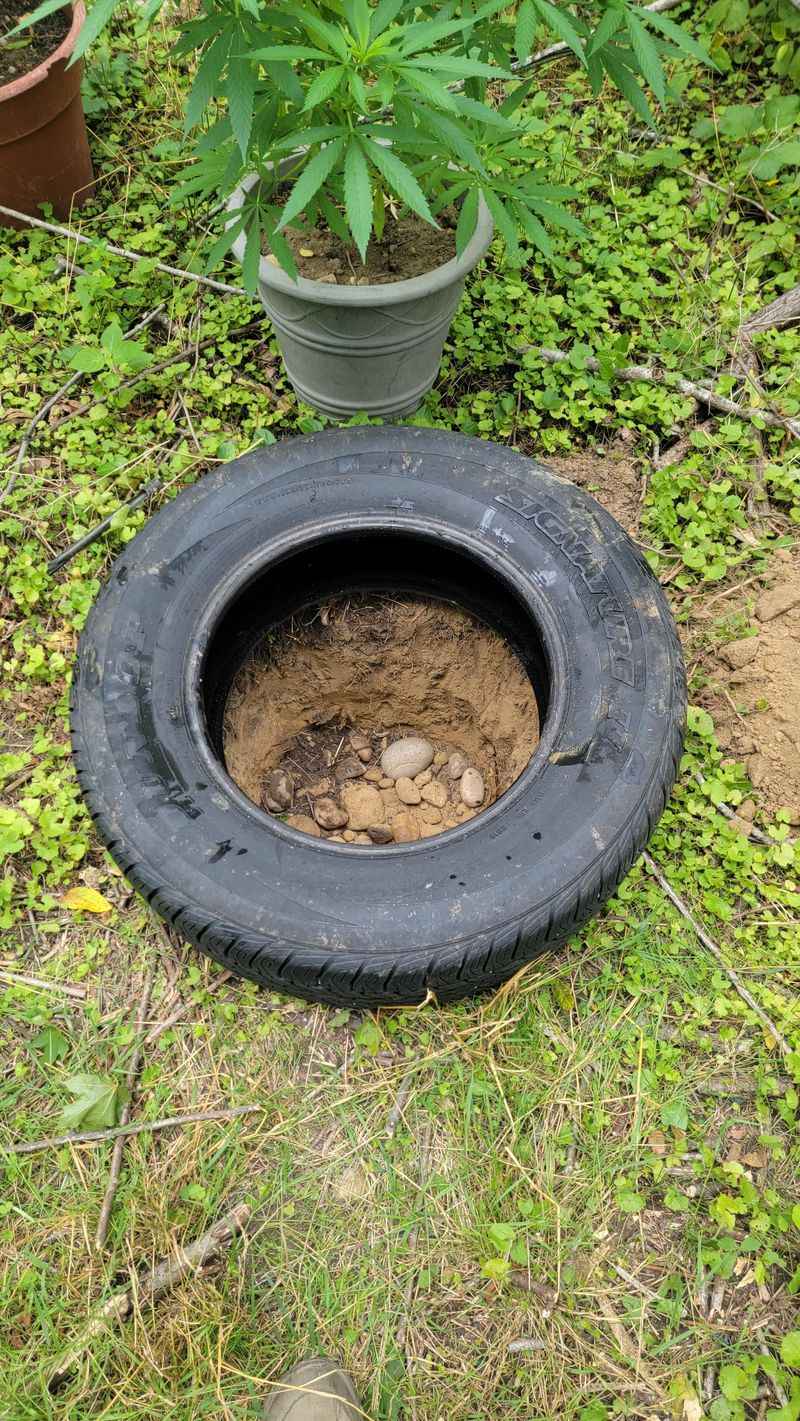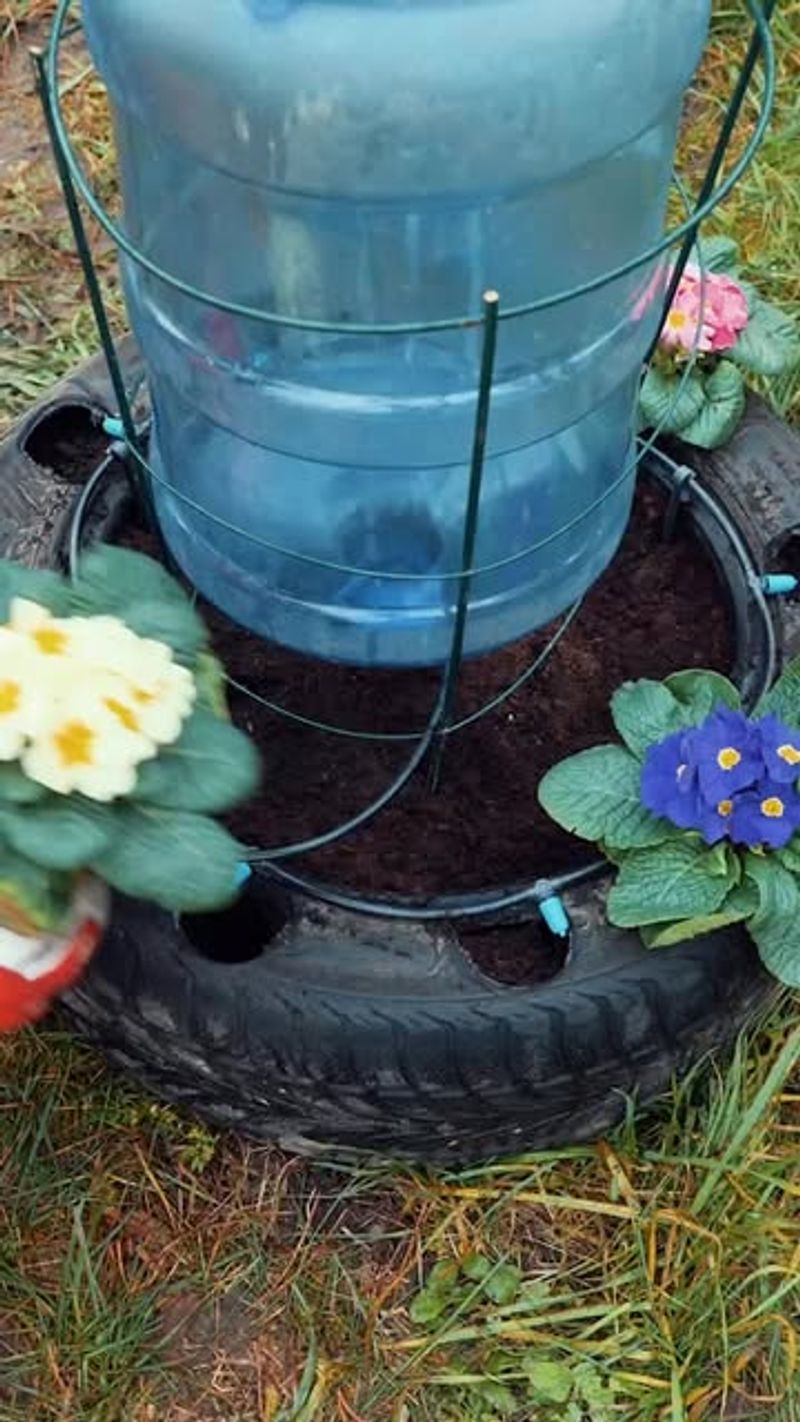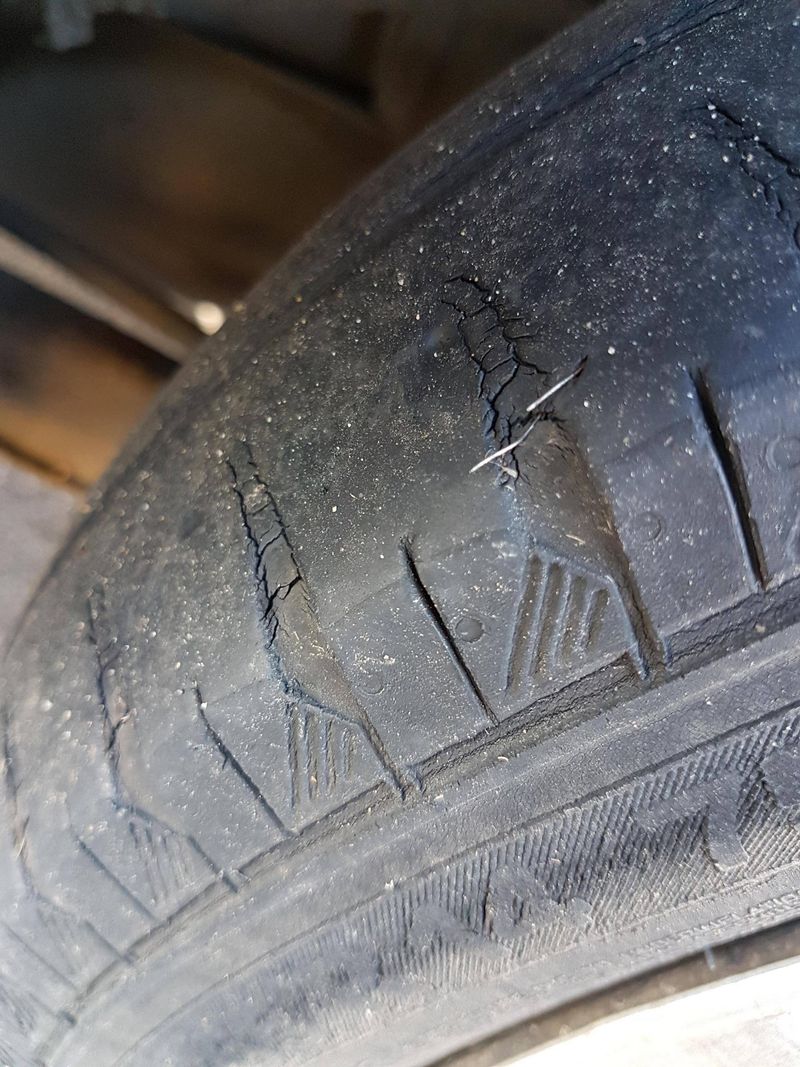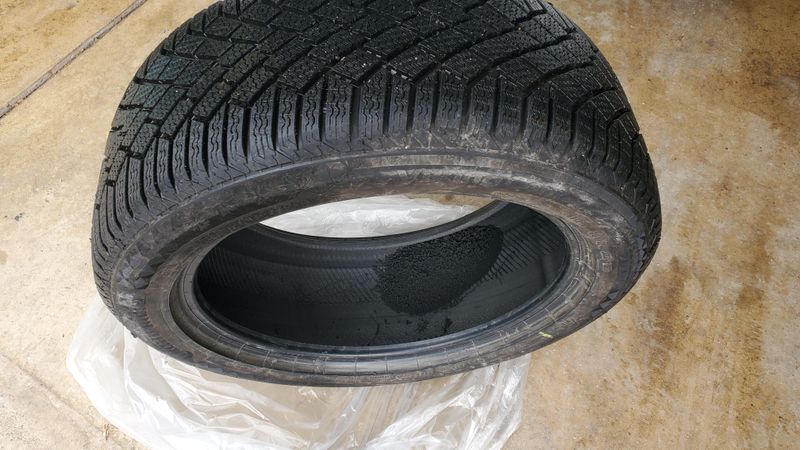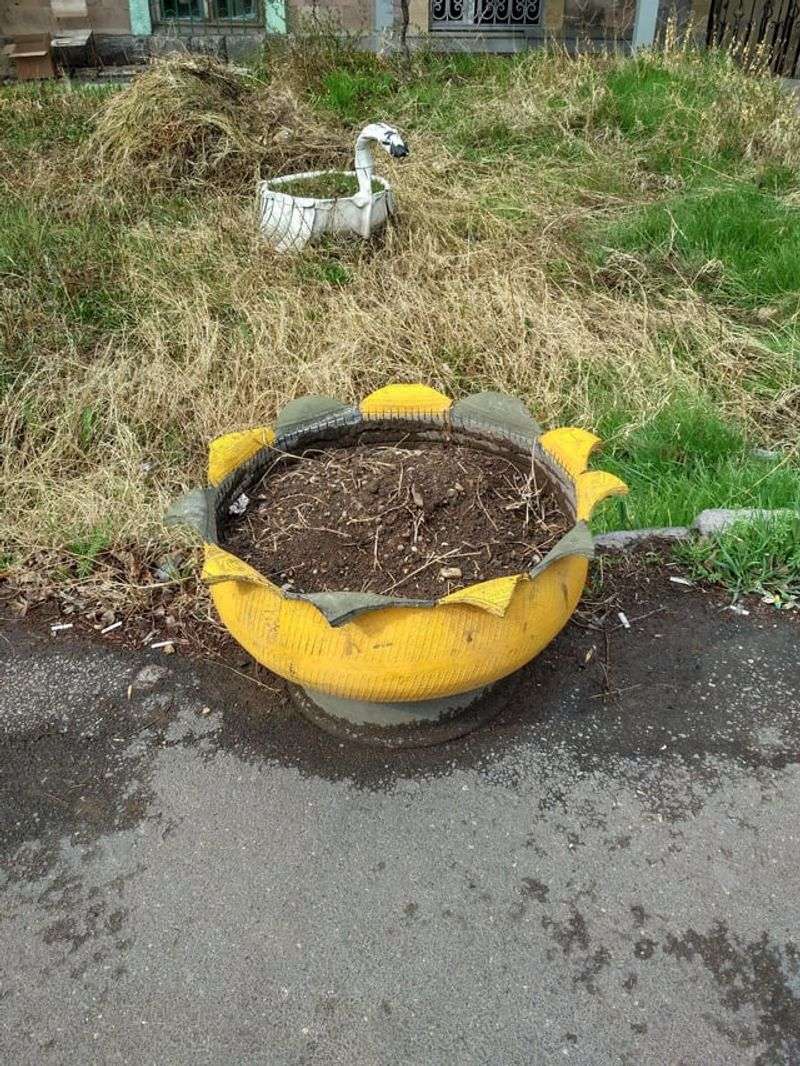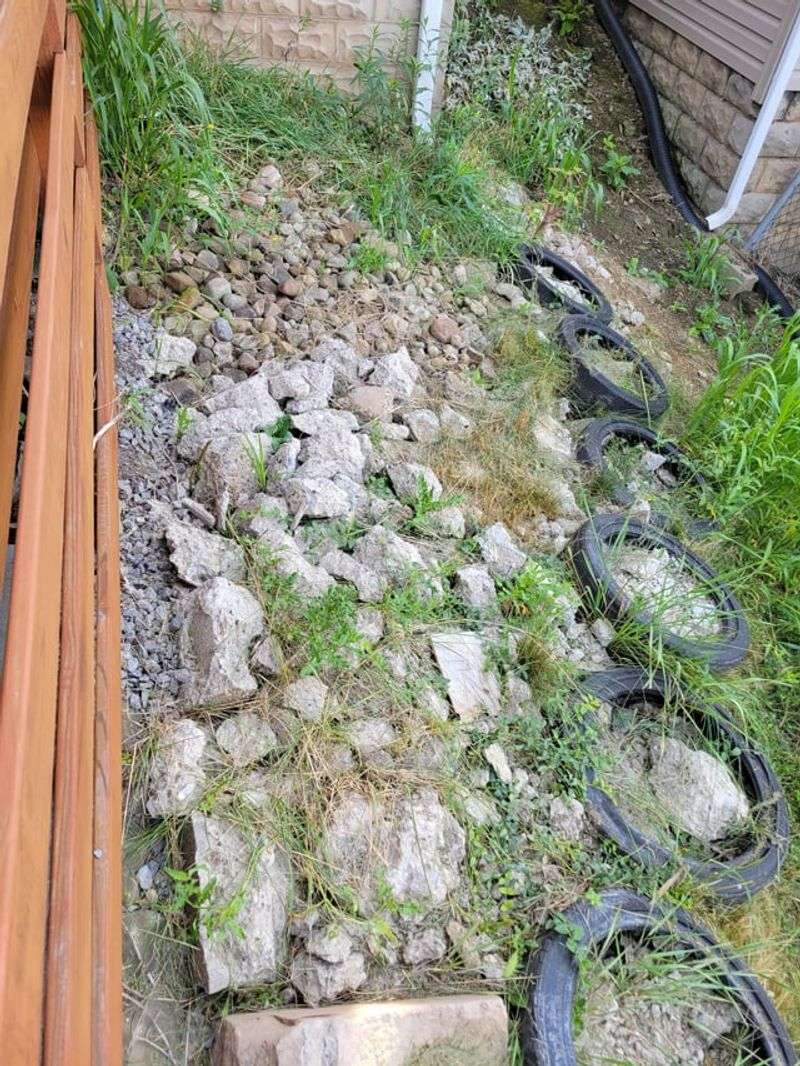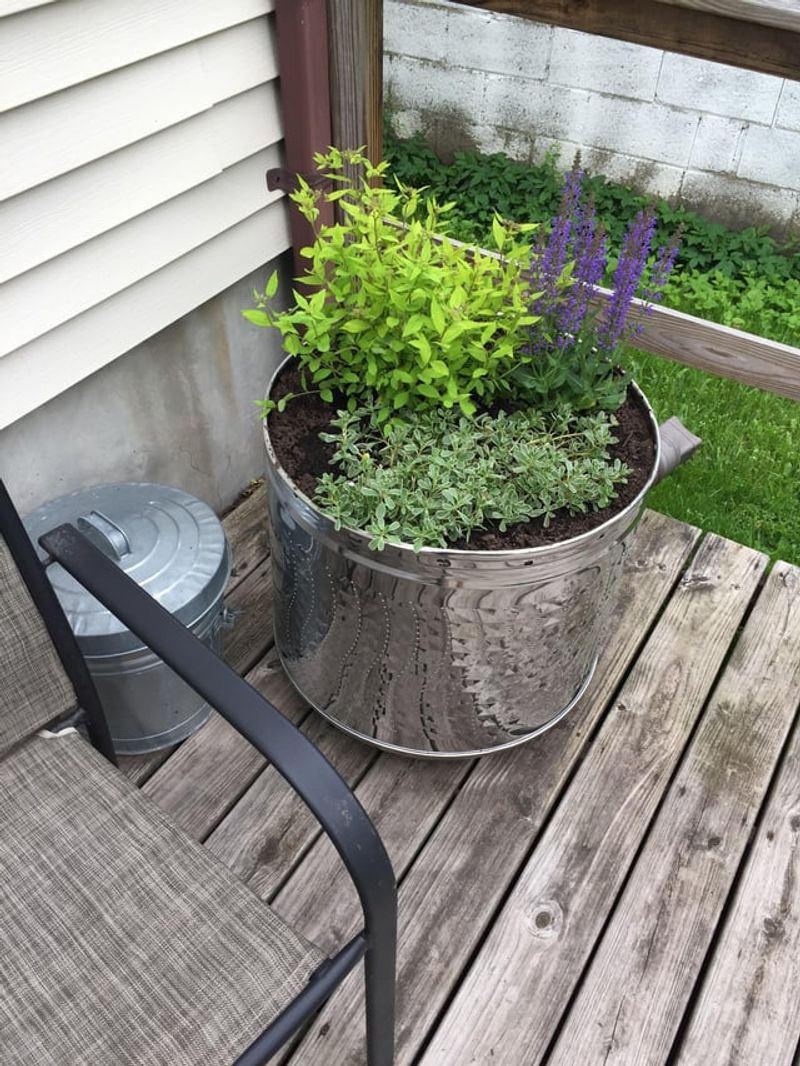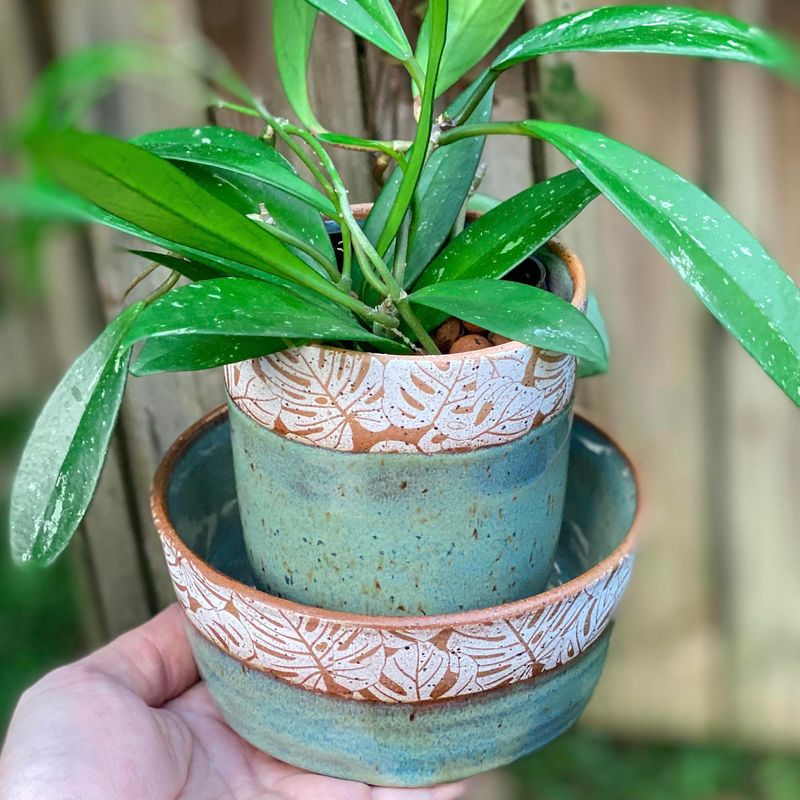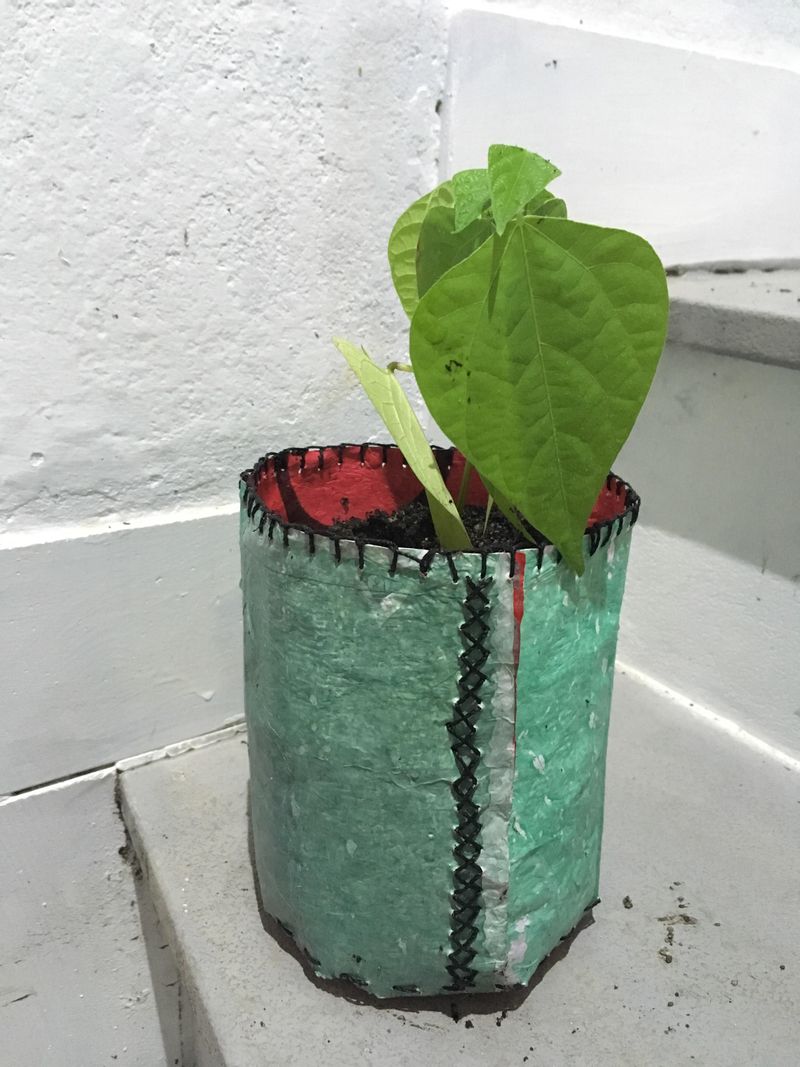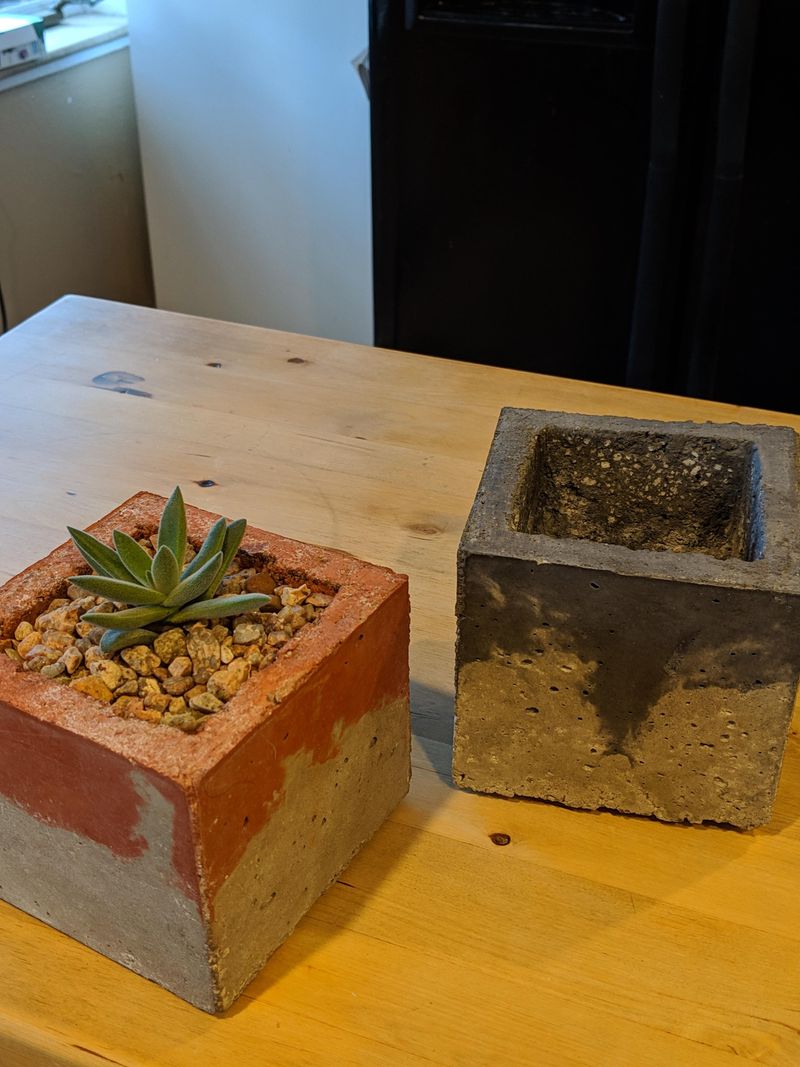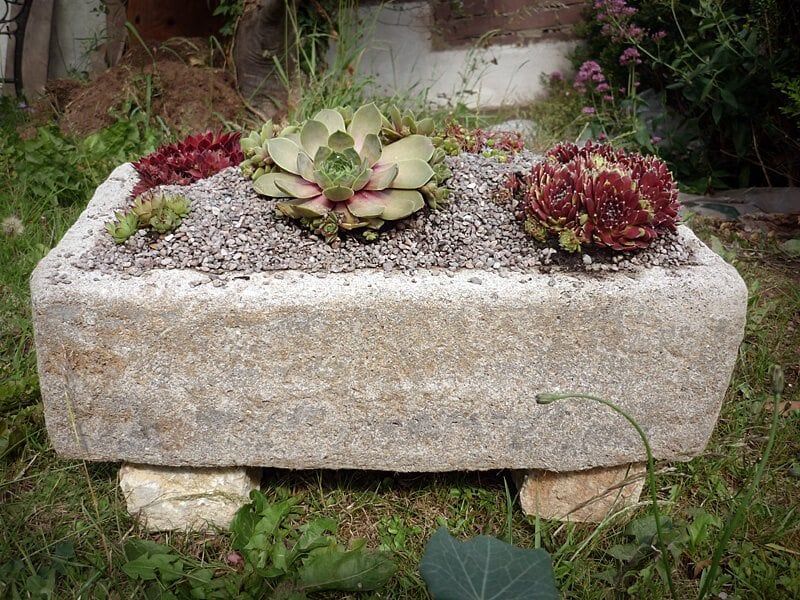I used to think old tires made great planters—until I looked into what they’re really made of. Turns out, they’re not as harmless as they seem, especially when it comes to growing food or keeping your garden safe.
I’ve rounded up all the reasons I stopped using them, plus some better options that won’t leave you second-guessing. There are plenty of creative, low-cost alternatives that look great and do the job without the risks.
Let’s swap those tires out for something way better for your garden.
1. Toxic Chemical Leaching
The charm of repurposing might quickly fade when considering the toxic legacy of tires. These rubber rings are known to leach harmful chemicals into the soil, posing a risk to both plants and the ecosystem. As rain seeps through, it acts as a solvent, drawing out the toxic compounds.
This can lead to a gradual build-up of toxins, affecting not just the plants but potentially the entire food chain. Such pollutants are not just confined to the soil but can spread to groundwater. It’s a risk that turns a simple gardening decision into an environmental concern.
2. Soil Contamination
When tires break down, they release various metals and chemicals that can severely contaminate the soil. This contamination affects the soil’s health, reducing its ability to sustain life.
Plants grown in such conditions might suffer from stunted growth or die off completely. Consuming produce from such soil can have harmful effects on human health. This is why ensuring clean, uncontaminated soil is paramount for any gardener wishing to grow healthy, thriving plants.
3. Harmful To Edible Plants
Growing food is an art and science, and old tires are an unwelcome element in this delicate balance. The chemicals leached from tires can be absorbed by edible plants, affecting their safety for consumption.
This makes the produce not just less nutritious but potentially dangerous to eat. Gardeners must prioritize the health of their produce, and using old tires puts this at risk. Alternatives that promote healthy growth without chemical interference are always a better choice.
4. Releases Heavy Metals
The metal content in tires can be alarmingly high, leading to the release of heavy metals into the soil. This contamination can have long-lasting effects, as heavy metals are not easily broken down by natural processes.
Plants absorb these metals, which can then enter the food chain, impacting both humans and wildlife. Heavy metals like lead and cadmium are particularly concerning, as they can cause serious health issues over time. Gardeners can avoid this risk by steering clear of using tires as planters.
5. Fire Hazard
Tires are flammable, and in the right conditions, they can easily ignite, posing a serious fire hazard. This risk is compounded during dry seasons or in areas prone to wildfires.
A burning tire releases toxic smoke and pollutants that can harm not just the garden but the entire neighborhood. Such fires are difficult to control and can escalate quickly. For anyone serious about garden safety, avoiding flammable materials like tires is a wise choice.
6. Attracts Pests
Old tires can become a breeding ground for pests, providing shelter and protection in their hollow forms. Rats, insects, and other unwanted visitors find these spaces ideal for nesting.
This not only affects the garden’s health but can also lead to infestations spreading to nearby areas. Pest control becomes a major concern, taking attention away from gardening. Choosing planters that don’t invite pests is a proactive step in maintaining a healthy garden environment.
7. Degrades In Sunlight
Rubber tires are not immune to the relentless power of the sun. Over time, UV rays cause the material to degrade, leading to cracks and structural weakness.
This breakdown releases small particles into the environment, affecting plant health and soil quality. Sun-damaged tires become less effective as planters, requiring replacement and thus defeating the purpose of sustainability. Opting for UV-resistant materials ensures longevity and environmental safety.
8. Releases Microplastics
As tires weather and break down, they release microplastics into the environment. These tiny particles are almost impossible to remove once they enter the soil or water systems.
Microplastics pose a threat to wildlife and have been found in various levels of the food chain. Their persistence in the environment makes them a significant concern for any eco-conscious gardener. Avoiding materials that contribute to this pollution is a step towards greener gardening practices.
9. Hazardous Fumes In Heat
When the sun beats down on a tire, it can release hazardous fumes. These fumes not only smell unpleasant but can be harmful to breathe in, affecting air quality around the garden.
For those spending time outdoors, this becomes a health concern, particularly for children and pets. The impact of these fumes extends beyond the garden, affecting the entire household’s air quality. Ensuring a safe environment means choosing materials that don’t emit toxic gases.
10. Difficult To Dispose Later
Once tires have outlived their usefulness as planters, disposal becomes a tricky issue. They are not biodegradable and can’t simply be thrown out with regular waste.
Finding a recycling facility or disposal site that accepts tires can be challenging, often requiring additional effort and expense. This makes the decision to use them initially more burdensome in the long run. Opting for easily disposable or recyclable materials is a more practical choice.
11. Not Biodegradable
Tires are notorious for their durability, but this also means they don’t break down naturally. Their presence in the environment persists long after their usefulness has ended.
This non-biodegradable nature contributes to landfill overflow and environmental degradation. For a gardener aiming for sustainability, the perpetual presence of tires is counterproductive. Choosing biodegradable materials aligns better with eco-friendly gardening goals.
12. Can Harbor Mold
In the right conditions, tires can become a haven for mold and mildew. Damp, shaded areas are particularly susceptible, leading to unsightly and unhealthy growths.
This mold can spread to plants, affecting their health and appearance. It also poses respiratory risks to those working in the garden. To maintain a clean and healthy garden environment, it’s best to choose materials that don’t support mold growth.
13. Traps Water And Breeds Mosquitoes
Tires are excellent at trapping water, which unfortunately makes them perfect breeding grounds for mosquitoes. These pesky insects can quickly turn a garden paradise into an annoyance.
Standing water is a known health hazard as mosquitoes are vectors for various diseases. This makes managing water in the garden crucial to safety and comfort. Opting for planters that drain effectively helps keep the garden mosquito-free.
14. Off-Gasses Over Time
The process of off-gassing involves the gradual release of gases from tires. These emissions are not always detectable but can contribute to environmental pollution over time.
The impact of off-gassing is often underestimated, yet it can affect the air quality around the garden. For those sensitive to pollutants, this becomes a particular concern. Selecting planters that don’t off-gas is a step towards a healthier garden atmosphere.
15. Looks Unsightly In Some Gardens
While some might find charm in recycled aesthetics, tires can often clash with the style of a well-maintained garden. Their bulky appearance may not suit every landscape design.
This visual discord can detract from the overall beauty and harmony of the garden. For those who take pride in their garden’s appearance, it’s worth considering materials that complement the surroundings. Classy, stylish planters offer both beauty and function.
16. Difficult To Clean Thoroughly
Keeping a garden tidy often requires regular cleaning of planters. Tires, with their complex tread patterns and rough surfaces, can be particularly challenging to clean.
Dirt and debris can accumulate in crevices, making maintenance a hassle. Over time, this can affect the health and appearance of the plants. Opting for planters that are easy to clean ensures that the garden remains pristine and plants thrive.
17. Risk Of Sharp Wire Exposure
Tires often contain reinforcing wires that can become exposed as the rubber wears down. These wires pose a physical hazard in the garden, risking cuts or injuries.
This is especially concerning in gardens where children or pets play. Hidden dangers like these can turn a peaceful space into a risky environment. Choosing planters without such hazards ensures safety for all garden users.
18. Not Safe For Children’s Gardens
Safety is paramount in any garden, especially one designed for children. Tires bring a host of safety concerns, from chemical exposure to physical risks.
Children’s sensitive systems are more affected by these factors, making tire planters an unsuitable choice. Providing a safe, nurturing environment means selecting materials that are non-toxic and safe to interact with. A child-friendly garden prioritizes safety above all.
19. May Violate Local Codes
Before embarking on garden projects, it’s essential to consider local regulations. Using tires as planters may not comply with environmental or aesthetic codes in some areas.
Violating these codes can lead to fines or the requirement to remove the planters. Ensuring compliance from the start avoids future hassles and ensures a harmonious garden space. Checking local guidelines prior to planning can save time and money.
20. Encourages Tire Waste Normalization
Using tires as planters might inadvertently send the message that tire waste is acceptable. This normalization contributes to a culture of waste rather than responsible recycling.
Encouraging sustainable practices means finding uses that truly benefit the environment. Opting for sustainable materials showcases a commitment to environmental health and reduces overall tire waste. Leading by example fosters a culture of sustainability.
21. Terracotta Pots
Terracotta pots offer a timeless and natural look that complements any garden. Made from clay, they are porous, allowing air and moisture to reach plant roots, promoting healthy growth.
These pots are biodegradable and environmentally friendly, aligning with sustainable gardening practices. Their rustic charm adds character and warmth to the garden, enhancing its aesthetic appeal. Embracing terracotta pots is a step towards both style and sustainability.
22. Wooden Planters
Wooden planters bring a touch of nature into any garden space. Their versatility in design and size makes them ideal for various plants and garden layouts.
Wood, being a natural material, offers better compatibility with plants, supporting healthier growth. These planters can be crafted from recycled wood, further enhancing their eco-friendly credentials. They add a rustic, organic feel to the garden, blending seamlessly with nature.
23. Fabric Grow Bags
Fabric grow bags are an innovative and sustainable option for modern gardeners. Made from breathable material, they allow excellent air circulation, preventing root rot and promoting healthy root systems.
These bags are lightweight, easily movable, and available in various sizes to suit different plants. Their modern design and practical function make them an attractive addition to any garden. Embracing fabric grow bags aligns with a forward-thinking, sustainable gardening approach.
24. Galvanized Tubs
Galvanized tubs add a vintage charm to garden spaces, blending durability with style. Their robust construction ensures longevity, resisting rust and wear over time.
These tubs can be repurposed from old containers or bought new, providing versatility in gardening design. Their industrial aesthetic complements both modern and traditional garden styles. Galvanized tubs are a practical and stylish choice for any gardener looking to make a statement.
25. Ceramic Containers
Ceramic containers bring elegance and sophistication to garden spaces. Available in various colors and styles, they offer endless possibilities for personalizing the garden’s look.
These containers are durable and weather-resistant, capable of withstanding various climates. Their aesthetic appeal and practicality make them a favored choice among gardeners. Choosing ceramic elevates garden design, combining beauty with functionality.
26. Recycled Plastic Pots
Recycled plastic pots are an eco-friendly choice for the environmentally conscious gardener. Made from repurposed materials, they reduce plastic waste while offering durability and versatility.
These pots are lightweight, weather-resistant, and available in numerous colors and designs. Their use supports recycling efforts and promotes sustainable gardening practices. Choosing recycled plastic pots is a step towards reducing environmental impact while maintaining garden aesthetics.
27. Concrete Planters
Concrete planters offer a modern and robust option for gardens. Their strength and durability make them ideal for larger plants or outdoor use in various weather conditions.
These planters come in different shapes and sizes, allowing for creative garden layouts. Their minimalist design complements contemporary garden styles, adding a touch of sophistication. Opting for concrete planters ensures both longevity and style in the garden.
28. Wine Barrels
Repurposing wine barrels as planters brings a rustic charm to any garden. Their large size makes them suitable for growing larger plants or even small trees.
Wine barrels are made from durable wood, offering both strength and aesthetic appeal. Their unique look adds character and a sense of history to the garden. Choosing wine barrels combines sustainability with visual appeal, making them a popular choice for eco-conscious gardeners.
29. Stone Troughs
Stone troughs bring a touch of antiquity and natural beauty to gardens. Their solid construction and timeless appeal make them a favorite among traditional garden designs.
These troughs are made from natural stone, ensuring durability and weather resistance. They harmonize with the surrounding environment, enhancing the garden’s overall aesthetic. Opting for stone troughs adds a touch of elegance and permanence to any garden space.
30. Upcycled Wooden Crates
Upcycled wooden crates offer a sustainable and charming option for gardeners. Their rustic look adds a creative touch, making them ideal for artistic garden layouts.
These crates can be sourced from various places and repurposed, reducing waste and promoting recycling. Their versatility allows for stacking or arranging in different configurations. Choosing upcycled wooden crates reflects a commitment to sustainability and innovative garden design.

